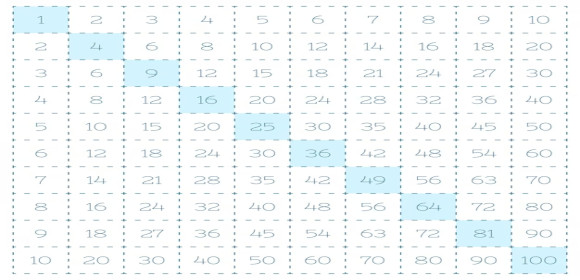"The greatest gift is a passion for reading. It is cheap, it consoles, it distracts, it excites, it gives you knowledge of the world and experience of a wide…
continue reading
50+ Multiplication Chart
-
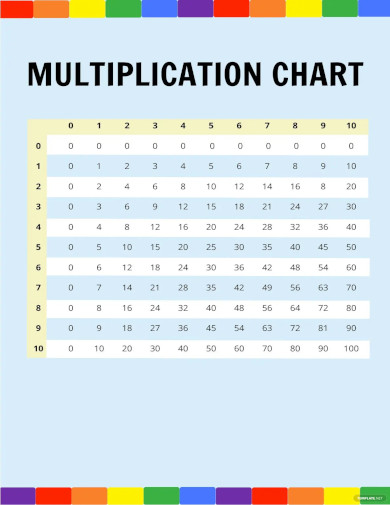
Rainbow Multiplication Chart
download now -
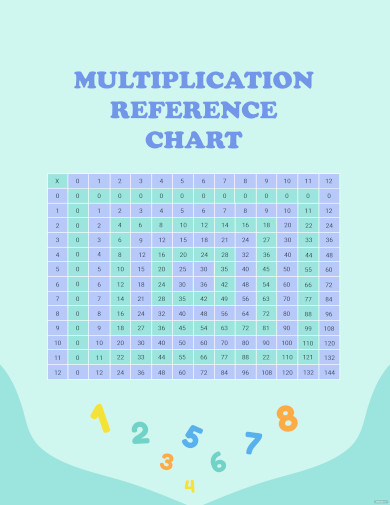
Multiplication Reference Chart
download now -
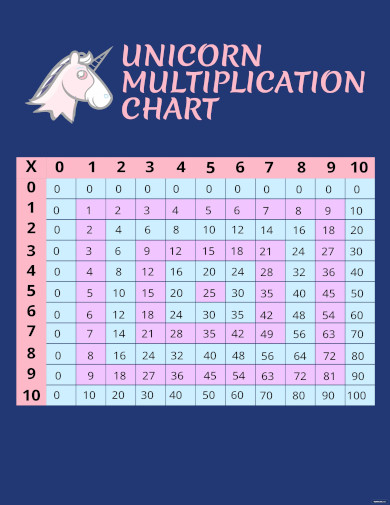
Unicorn Multiplication Chart Template
download now -
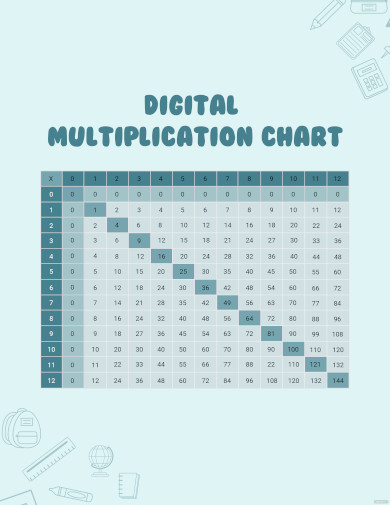
Digital Multiplication Chart
download now -

Classroom Multiplication Chart
download now -
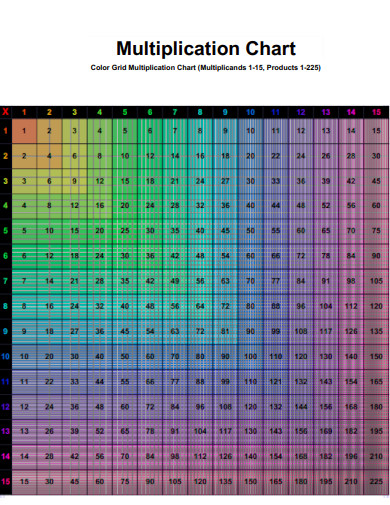
Color Grid Multiplication Chart
download now -

Multiplication Table Reward Chart
download now -
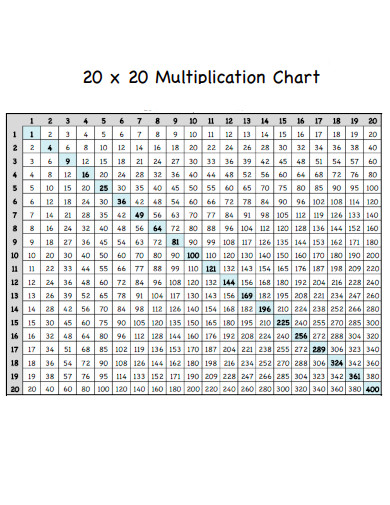
20 x 20 Multiplication Chart
download now -
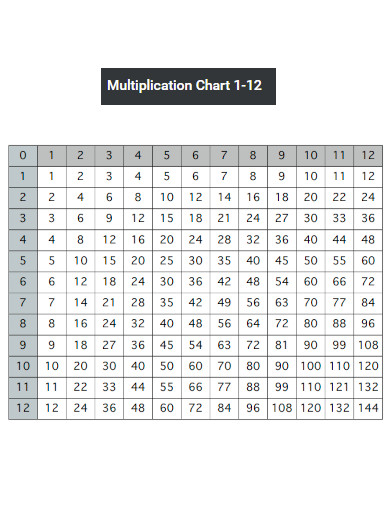
Multiplication Chart 1-12
download now -
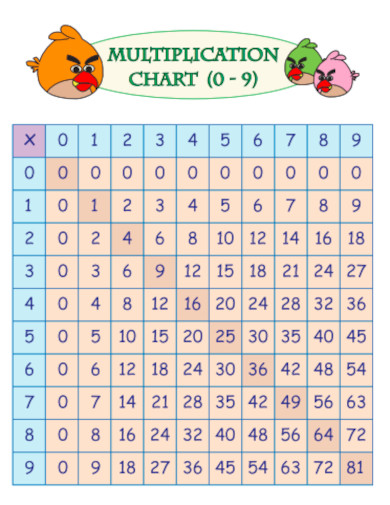
Multiplication Chart 0 – 9
download now -
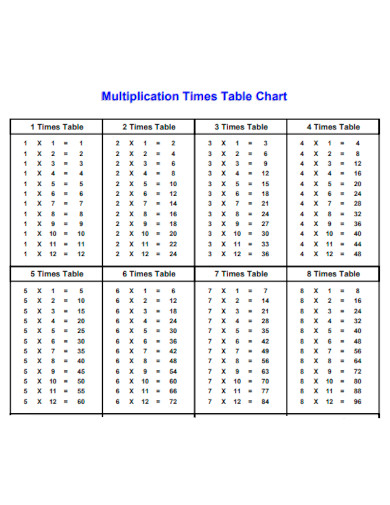
Multiplication Times Table Chart
download now -
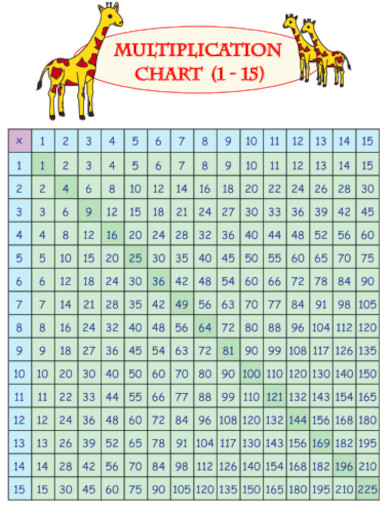
Multiplication Chart 1 – 15
download now -
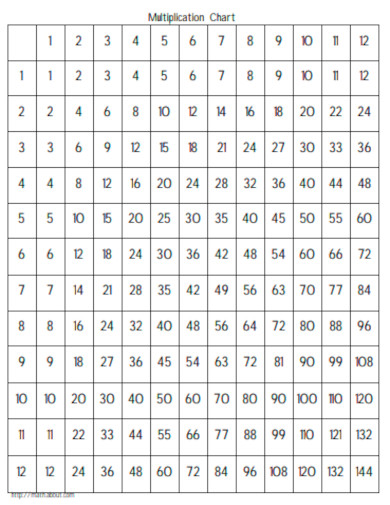
Simple Multiplication Chart
download now -
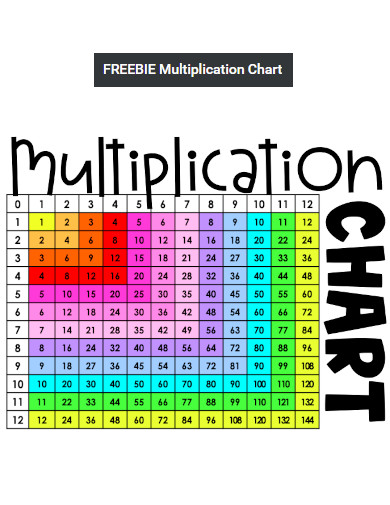
Freebie Multiplication Chart
download now -
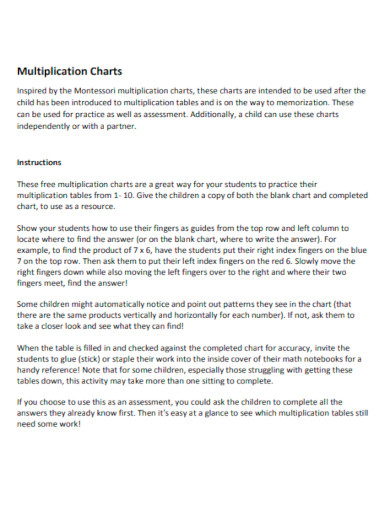
Multiplication Chart Instruction
download now -
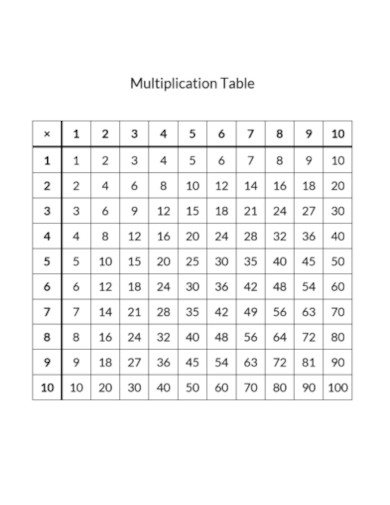
Basic Multiplication Chart
download now -

Kids Multiplication Chart
download now -
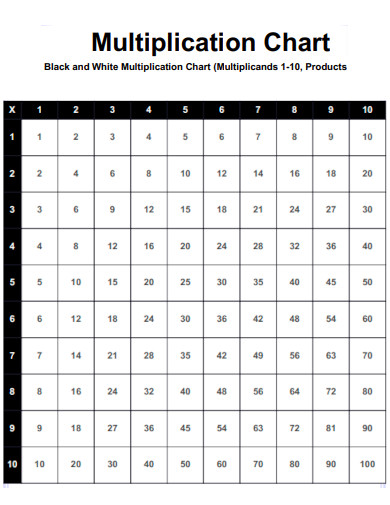
Black and White Multiplication Chart
download now -
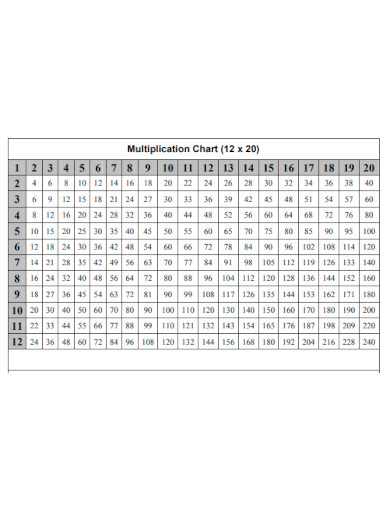
Multiplication Chart 12 x 20
download now -
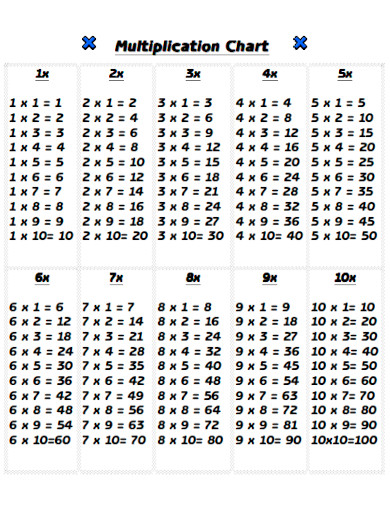
Printable Multiplication Chart
download now -

Blank Multiplication Chart
download now -
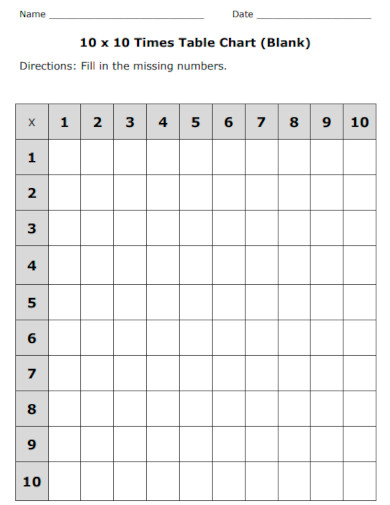
Fill in Blanks Multiplication Chart
download now -
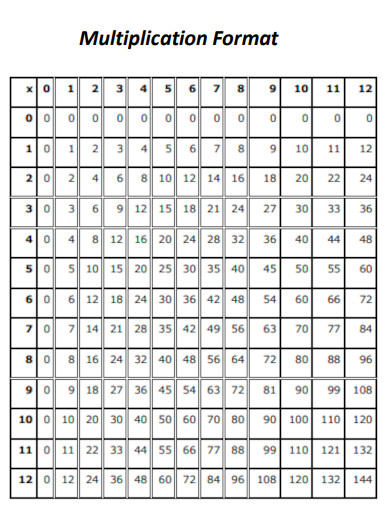
Multiplication Chart Format
download now -
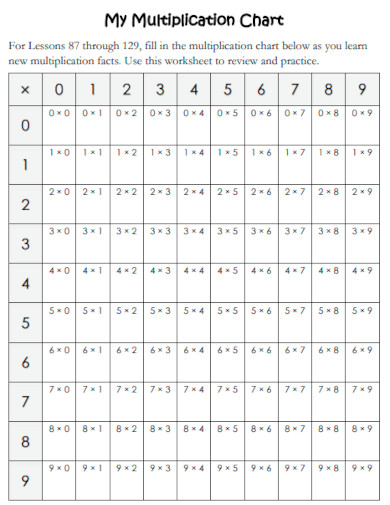
My Multiplication Chart
download now -
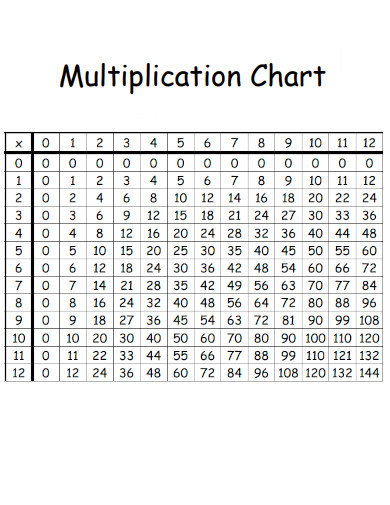
Editable Multiplication Chart
download now -
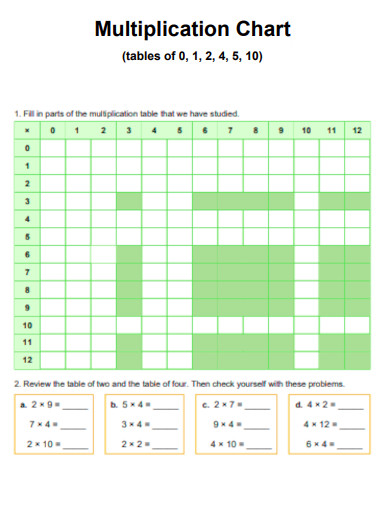
Multiplication Chart with Review Table
download now -

Number words Multiplication Chart
download now -
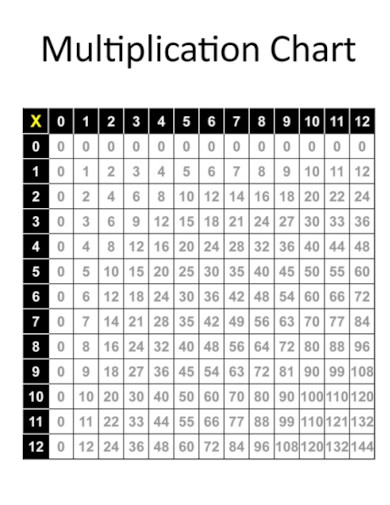
Generic Multiplication Chart
download now -
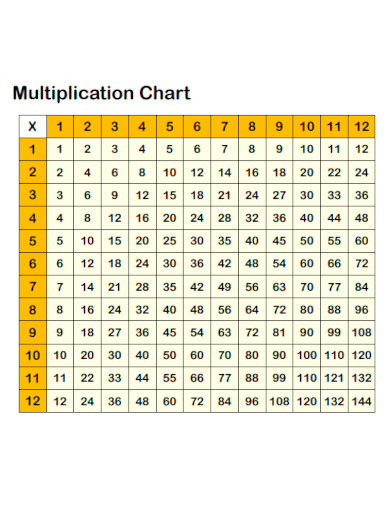
Multiplication Chart Sheet
download now -
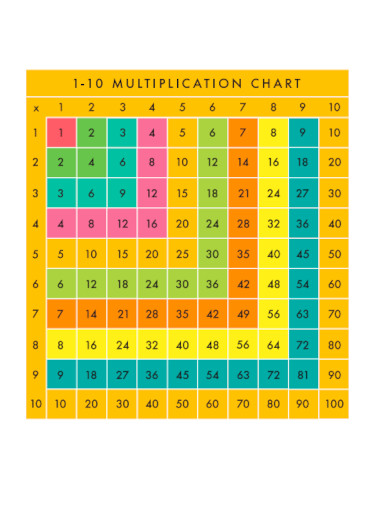
Multiplication Chart 1 – 10
download now -
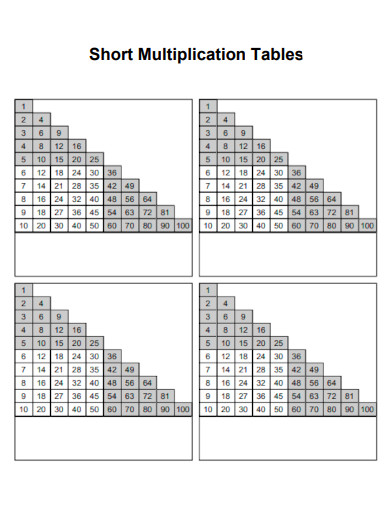
Short Multiplication Chart
download now -
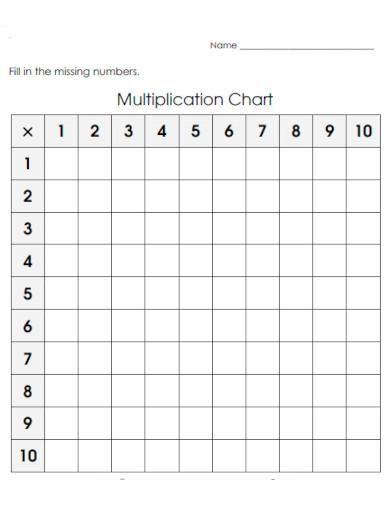
Fill Missing Numbers Multiplication Chart
download now -
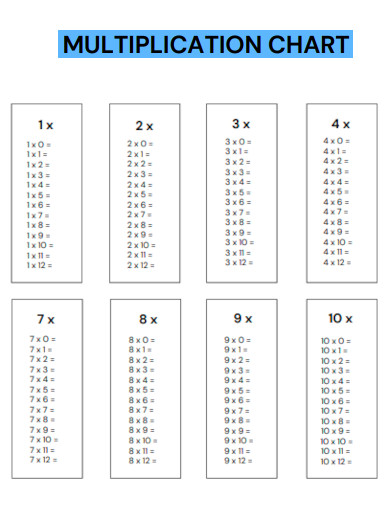
List Multiplication Chart
download now -
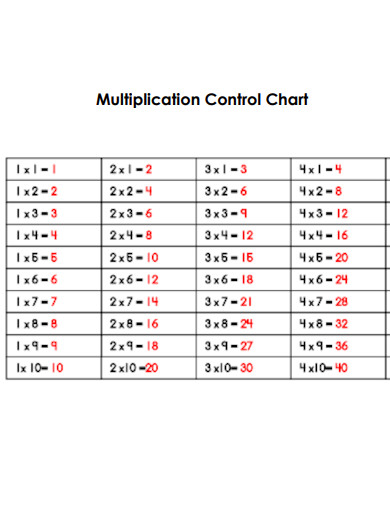
Multiplication Control Chart
download now -
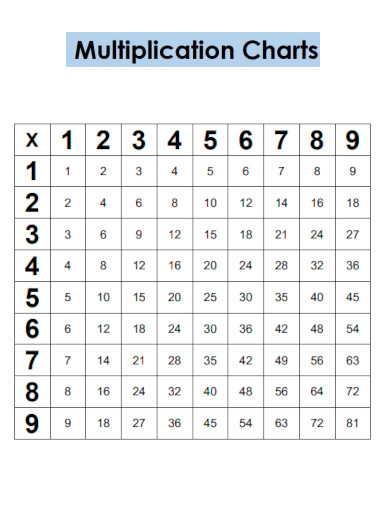
Sample Multiplication Chart
download now -
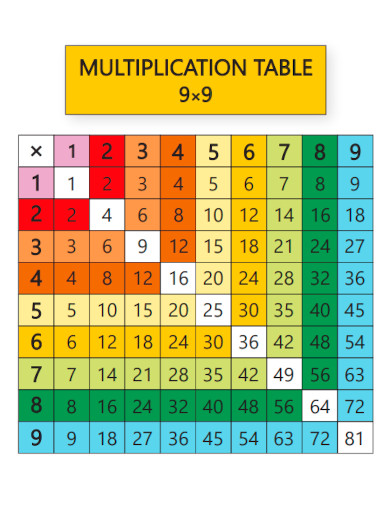
9×9 Multiplication Chart
download now -
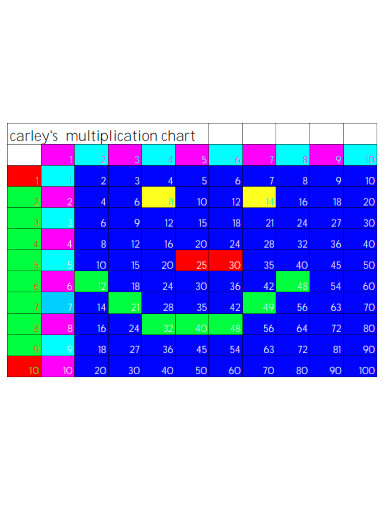
Carley’s Multiplication Chart
download now -
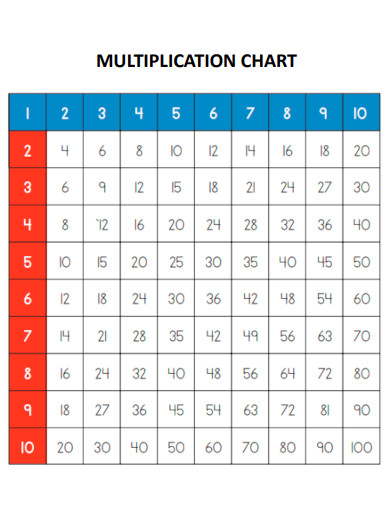
Multiplication Chart Example
download now -
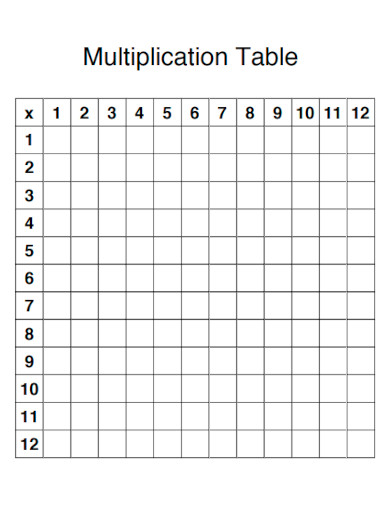
Empty Multiplication Chart
download now -
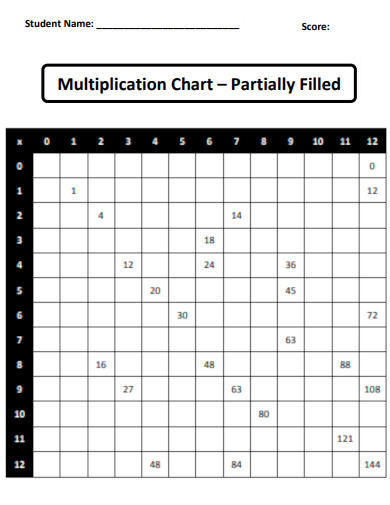
Partially Filled Multiplication Chart
download now -
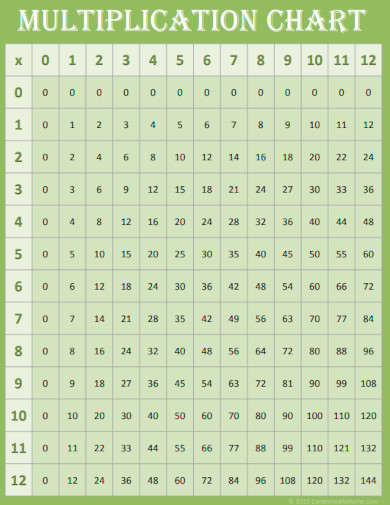
School Multiplication Chart
download now -
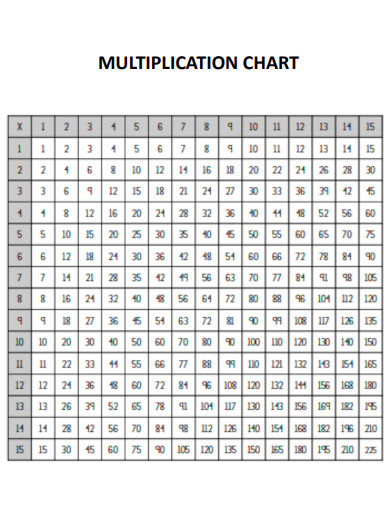
Multiplication Chart Activity
download now -
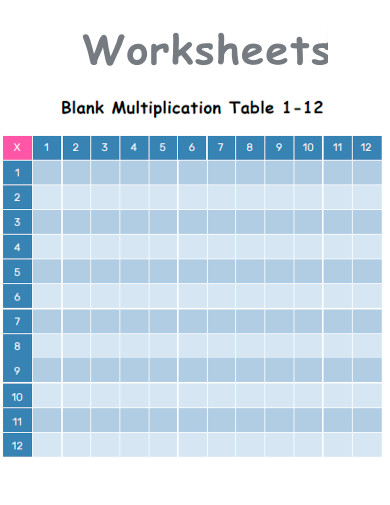
Multiplication Chart worksheet
download now -
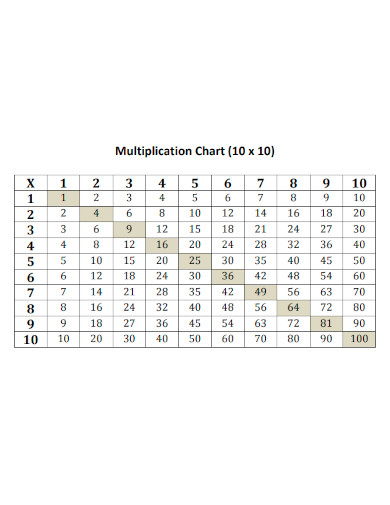
Formal Multiplication Chart
download now -
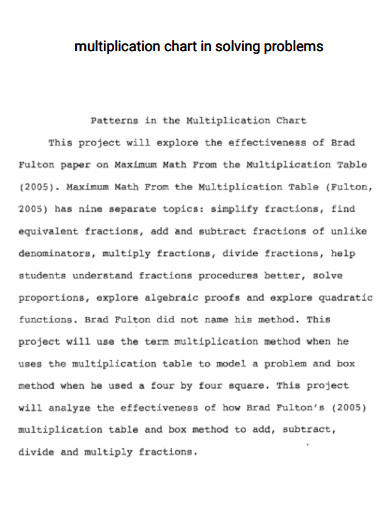
Multiplication Chart in Solving Problem
download now -
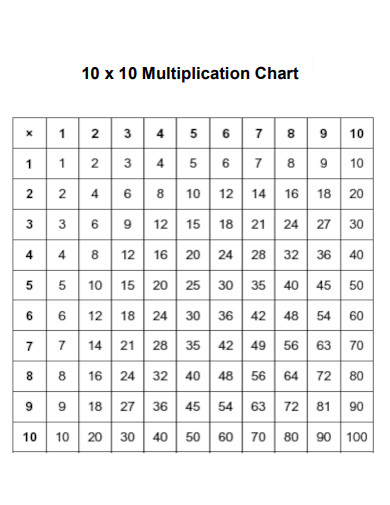
10 x 10 Multiplication Chart
download now -
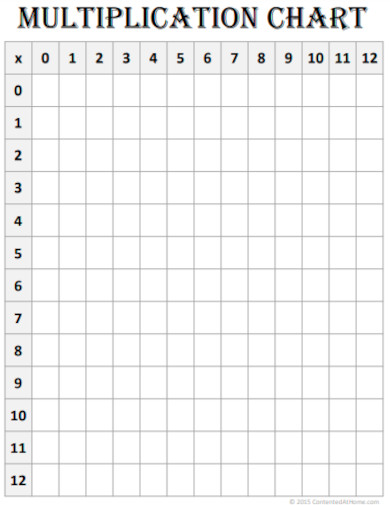
Multiplication Chart Design
download now -

Class Multiplication Chart
download now -
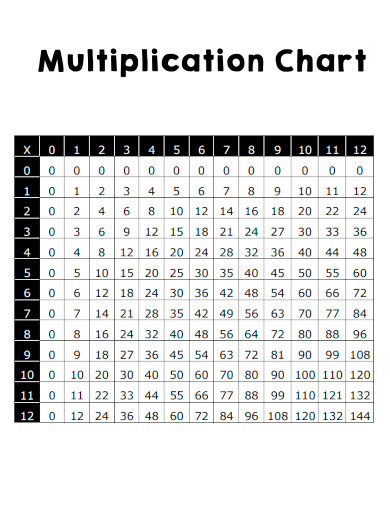
Multiplication Chart in PDF
download now -
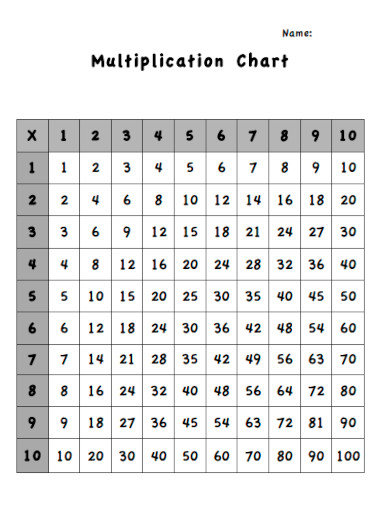
Complete Multiplication Chart
download now -
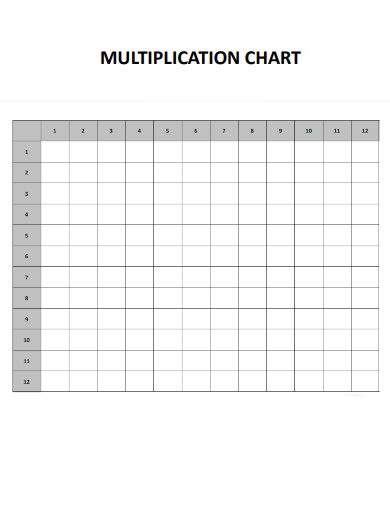
Grey Multiplication Chart
download now
What is a Multiplication Chart?
A multiplication chart is a visual representation of the multiplication table, displaying the products of multiplying two numbers. It is a helpful tool for learning and practicing multiplication facts. Multiplication charts can cover various ranges, such as 1-12, 1-20, or even 1-100, providing a comprehensive overview of multiplication relationships. These charts can be printed in a printable format, allowing for easy accessibility and use in classrooms or at home. Multiplication charts are versatile resources that support understanding and proficiency in multiplication.
Teachers can use multiplication charts as anchor charts to support classroom instruction. Research has shown that using multiplication charts in unit plans can significantly improve students’ retention of multiplication facts. The visual representation helps students make connections and patterns, leading to better recall and understanding of the multiplication table. Additionally, these charts are often incorporated into multiplication worksheets and activity sheets, creating interactive and engaging learning materials, exercises, and drills for students to further enhance their understanding of multiplication concepts.
Types of Multiplication Charts
Incorporating multiplication charts into lessons can increase student engagement. The visual and interactive nature of charts appeals to different learning styles, making the learning process more enjoyable and accessible for students. There are various types of multiplication charts.
Alternative Charts to Multiplication Charts
These alternative charts offer different perspectives and representations of multiplication, catering to diverse learning styles and promoting a deeper understanding of multiplication concepts beyond traditional multiplication charts.
How to Create a Multiplication Chart
Creating a multiplication chart involves several steps. Here are four major steps to guide you in creating a multiplication chart:
Step 1: Determine the Range
Decide on the range of numbers you want to include in your multiplication chart. It could be a specific range like 1-12 or a broader range like 1-100. Selecting the range will define the size and scope of your chart.
Step 2: Construct a Grid
Draw a grid or table structure with rows and columns. The number of rows and columns will correspond to the range you selected. Label the first row and column with the numbers from the chosen range.
Step 3: Fill in the Products
Begin filling in the grid by multiplying the numbers in each row with the numbers in each column. Calculate the product of each combination and write the results in the corresponding cells of the grid.
Step 4: Format and Enhance the Chart
Customize the appearance of your multiplication chart. Consider adding colors, bolding key numbers, or using different fonts to make it visually appealing and easy to read. You can also include a title, headings, or additional elements to enhance clarity and organization.
FAQs
A multiplication chart in PDF format is a digital document that contains a visual representation of the multiplication table. It can be easily downloaded, viewed, and printed, providing a convenient and portable resource for learning and practicing multiplication facts.
A multiplication table chart, also known as a multiplication chart or times table chart, is a grid that displays the products of multiplication for numbers from 1 to 10 (or higher). It provides a visual representation of the multiplication table and helps students quickly find the product of two numbers. The chart can be used as a reference tool for learning and memorizing multiplication facts. Students can practice multiplication by locating the two numbers they want to multiply and finding the corresponding product in the chart.
An anchor chart for multiplication is a visual tool that displays key information and strategies related to multiplication. It is typically created by the teacher or students and is posted in the classroom as a reference. An anchor chart may include multiplication strategies, such as arrays, repeated addition, or skip counting, as well as examples and explanations. It serves as a visual reminder and helps students recall multiplication concepts and techniques. Anchor charts are beneficial because they provide a consistent and easily accessible resource that supports students’ understanding and retention of multiplication concepts.
Multiplication worksheets are a great tool for practicing and reinforcing multiplication skills. You can find a variety of worksheets online or create your own. Start with basic multiplication facts and gradually increase the difficulty as your child progresses. Encourage your child to solve the problems independently and provide guidance and support when needed. Consistent practice with multiplication worksheets can help your child memorize the multiplication table and improve their overall math skills.
You can find printable multiplication charts in PDF format on various educational websites, math resource platforms, or by searching online. Many educational websites offer free downloads of multiplication charts in PDF format that you can print out for classroom use or at-home practice.
A multiplication chart 1-100 covers the multiplication facts from 1 to 100. It displays the products obtained by multiplying any two numbers within that range, providing a comprehensive overview of multiplication relationships and helping students learn and memorize multiplication facts up to 100.
A multiplication chart 1-12 is an excellent tool for teaching and practicing multiplication. Teachers can use it to introduce the concept of multiplication and demonstrate patterns and relationships between numbers. Students can refer to the chart to find products quickly or use it as a reference while solving multiplication problems. It can be integrated into multiplication worksheets, used as an anchor chart in the classroom, or shared with students for independent practice.
Yes. A multiplication chart 1-15 can be a valuable resource for creating multiplication worksheets. Teachers can design worksheets that include exercises based on the numbers in the chart, such as filling in missing factors or products, solving word problems, or applying multiplication skills in various contexts. The multiplication chart 1-15 serves as a reference and support tool for students as they work through the worksheets.
What is a multiplication chart in PDF format?
What is a multiplication table chart, and how can it be used?
What is an anchor chart for multiplication, and how is it beneficial?
How can I use multiplication worksheets to help my child learn the multiplication table?
Where can I find a printable multiplication chart in PDF format?
What is the range of a multiplication chart 1-100?
How can I use a multiplication chart 1-12 for teaching multiplication?
Can a multiplication chart 1-15 be used for multiplication worksheets?
Understanding and utilizing various types of multiplication charts is crucial for effective learning and teaching of multiplication. By using different types of multiplication charts, teachers can cater to diverse learning styles and provide students with a variety of strategies for memorizing multiplication facts. Additionally, exploring alternative charts expands students’ mathematical perspectives and enhances problem-solving skills. Meanwhile, the step-by-step process of creating a multiplication chart empowers educators and learners to customize their own resources, fostering creativity and engagement. Embracing these aspects promotes a comprehensive and dynamic approach to mastering multiplication skills. If you need to use other types of charts for your classroom teaching or at-home tutoring, our website provides an enormous collection of sample charts, diagrams, graphs, and other documents such as bubble charts, control charts, and unit circle charts and diagrams.
